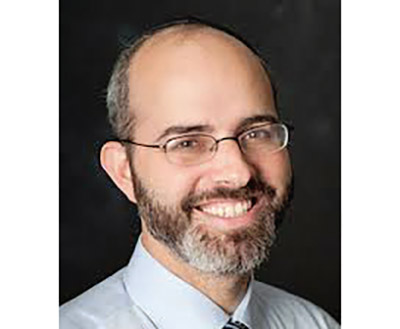
May these words of Torah serve as a merit le’iluy nishmat Menachem Mendel ben Harav Yoel David Balk, a”h.
This week we learned Avoda Zara 34. These are some highlights.
Avoda Zara 34: Why do we wear a kittel on Yom Kippur?
Our Gemara teaches a lesson about the inauguration of the Mishkan. Before Aharon the High Priest served in the Mishkan, Moshe Rabbeinu performed all the services for a week. Our Gemara tells a story. Rabbi Akiva came to Ginzak. They asked him there, what did Moshe wear when he performed the services? Moshe was not a priest. He could not wear the garments of the high priest. On the other hand, special garments must be worn for the service. The Gemara answers that Moshe wore a white woven robe. This robe did not have a hem attached to it. It appeared as a single, flowing woven garment. According to She’arim Metzuyanim Behalacha (Siman 131:22), this lesson is the source for our custom to wear a kittel.
On Yom Kippur, many men have a custom to wear a white robe, a kittel, during all the prayers. She’arim Metzuyanim Behalacha explains that the essence of the Yom Kippur prayers is avodat Yom HaKippurim, the service performed by the high priest on Yom Kippur. Each person praying is like the high priest and, in a sense, recreating the service of high priest. Our Gemara teaches that a pure white robe was enough to enable Moshe Rabbeinu to do the service in the sanctuary. We wear white robes to create the sense that we too are performing Divine service in a sanctuary. Some have the custom that only the chazzan wears on a kittel on Yom Kippur. Their reasoning is that the chazzan is the person primarily taking the place of the kohen gadol and so he is the one who should wear the white robe. This is also the reason why some have the custom to wear a kittel during the Pesach Seder.
We begin the Pesach Seder with washing our hands, urchatz. Many explain that we wash our hands as we start for on Seder night we are all like kohanim. In the Beit Hamikdash, the kohen would rinse his hands before he started to perform Divine service. Since the Seder is a form of service, we, too, wash our hands before we start. Chatam Sofer (Shu”t Hashmatot Siman 196) teaches that eating matzah during the Seder is like eating meat of korbanot. As our Gemara teaches that a plain white robe was the priestly garment for the non-kohen, Moshe, to do the service, on Seder night when we are all non-kohanim performing Temple services, a kittel is in order.
Rabbi Avraham Eliezer Leitner of Mattersdorf once visited the holy Rebbe of Belz, Rabbi Yissachar Ber Rokeach (Beis Yisrael Hashaleim, chelek 8 page 304). The Rebbe asked him if it was true that in Mattersdorf it was the practice that at a bris, the father of the boy, the mohel and the sandek would all wear kittels. Rabbi Leitner answered that in Mattersdorf all three would wear kittels at a bris. The Rebbe asked him if he knew the reason for this practice. He did not. The Rebbe explained it: our Gemara teaches that Moshe wore a white robe to perform Temple service, the father of the baby, the mohel and the sandek are all participating in offering a korban to Hashem through their actions at the bris, therefore each would wear a kittel. (Mesivta)
By Rabbi Zev Reichman
Rabbi Zev Reichman teaches Daf Yomi in his shul, East Hill Synagogue.











